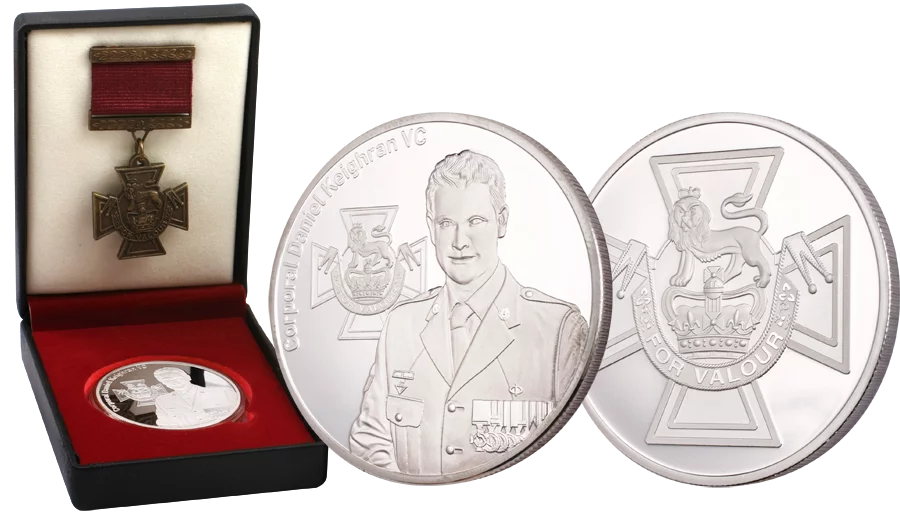In the Service of Others
There is no greater courage than to risk
one’s life in the defence of others.
In the Australian military, this bravery in the face of the enemy is
recognised by the Victoria Cross, and in civilian life and non-combat
military situations it had been the Imperial George Cross until the
introduction of the uniquely Australian Cross of Valour in 1975.
IN THE SERVICE OF OTHERS
For Valour and Gallantry
An inspirational collection
There is no greater courage than to risk one’s life in the defence of others. In the Australian military, extraordinary acts of bravery in the face of the enemy are recognised by the Victoria Cross (VC). In civilian life and in non-combat military situations the Imperial George Cross (GC) was awarded until the introduction of the uniquely Australian Cross of Valour in 1975.
In 2014 our four living VCs and sole GC recipients joined forces in support of veterans. From this gathering a unique limited edition medallion collection was created.
Find out more about these individuals and the acts of valour they performed
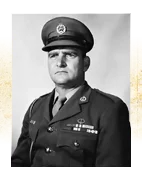
Warrant Officer Class II Keith Payne VC
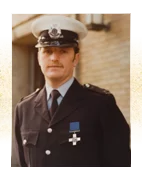
Constable Michael Pratt GC
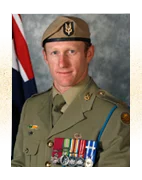
Corporal Mark Donaldson VC
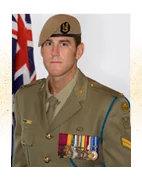
Corporal Benjamin Roberts-Smith VC MG

Corporal Daniel Keighran VC
Individual In the Service of Others Limited Edition Medallions
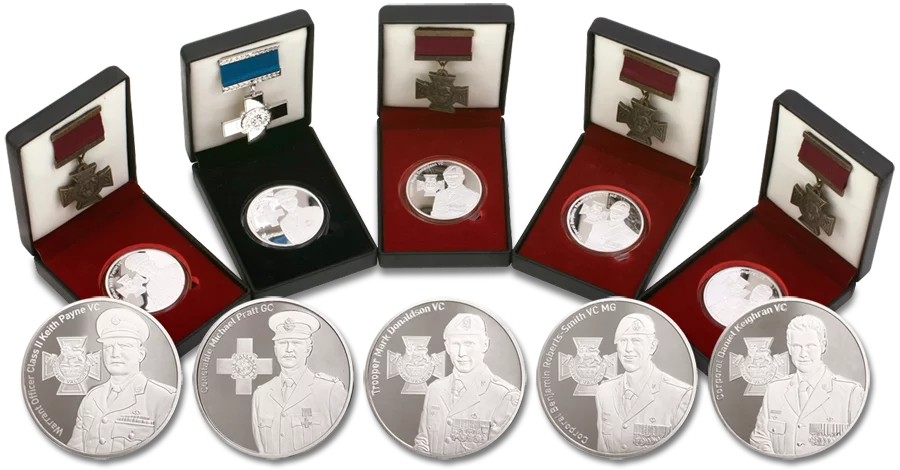
Each of the individual Victoria Cross and George Cross 'In the Service of Others: For Valour and Gallantry' Special Release medallions comes with a replica Victoria Cross or George Cross. The certificate of authenticity includes the recipient's citation. Only 1,000 of each boxed medallion will be released.
MATCHING NUMBER SETS
Because of the rare nature of this collection a quantity of "matching number" individual medallions are offered collectively in series. Each separately boxed medallion in the series will have the same edition number, e.g. 501/1,000.
Order your piece of history now.
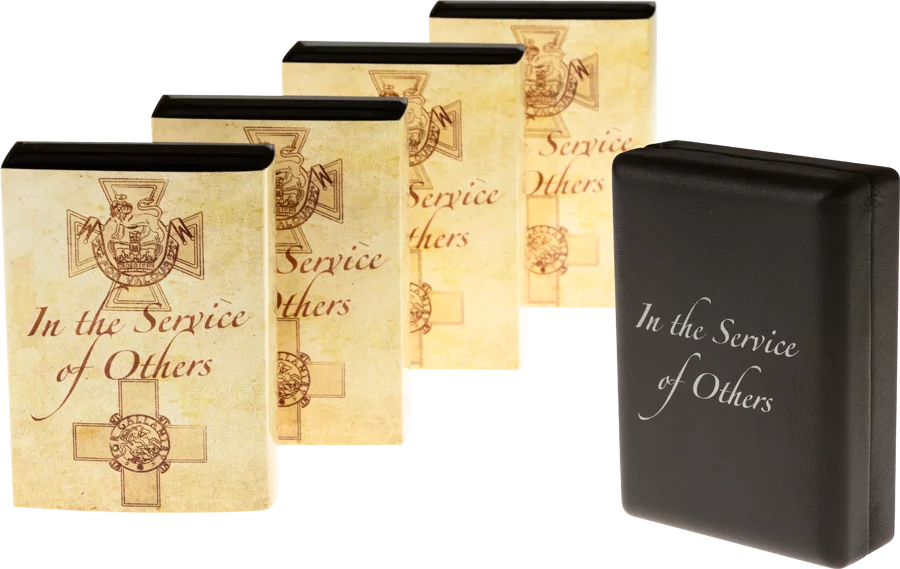






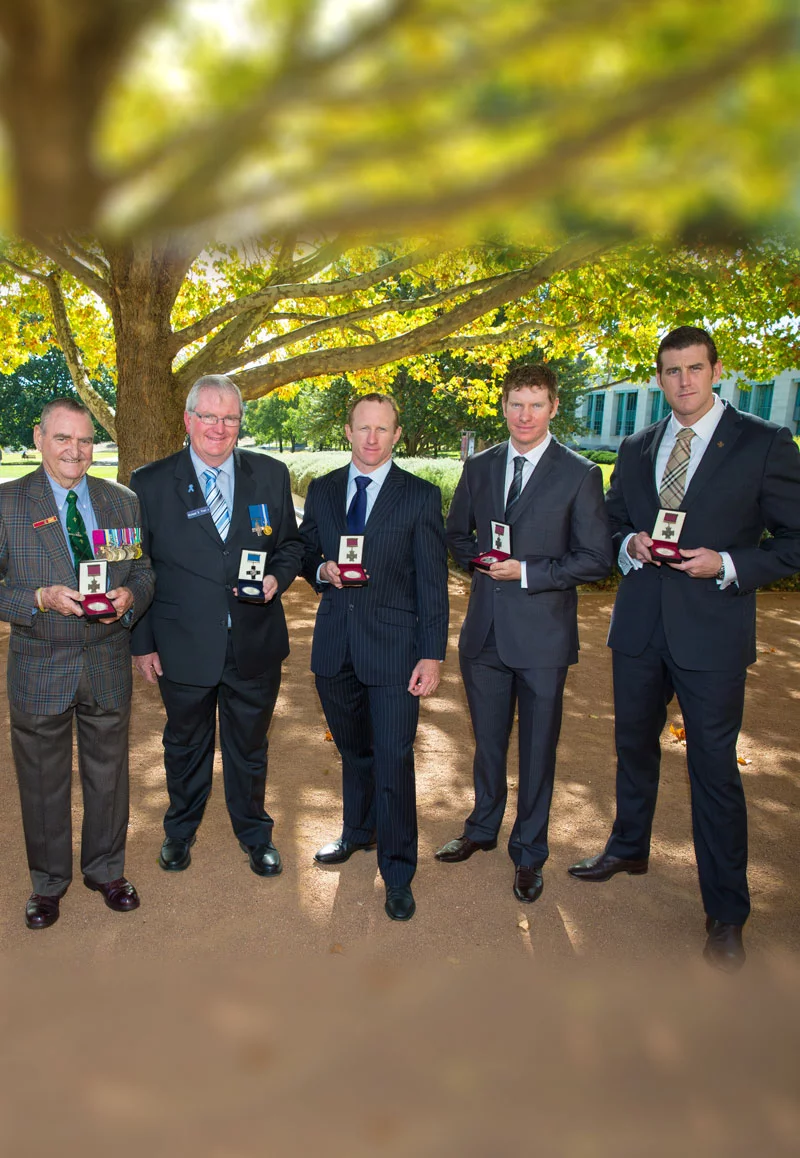
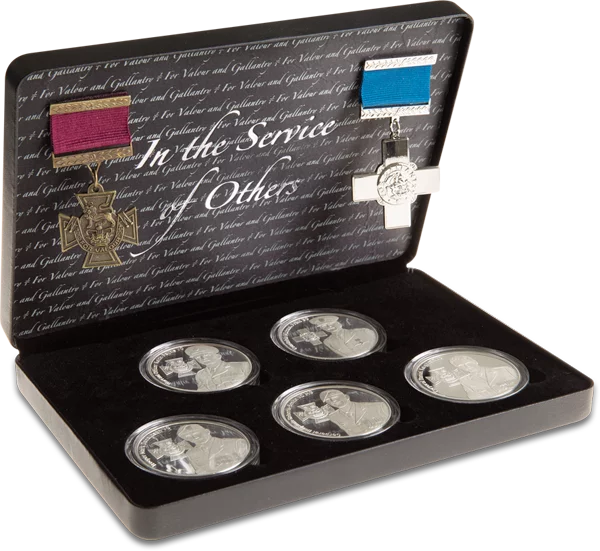
 The
QUEEN has been graciously pleased, on the advice of Her Majesty’s
Australian Ministers, to approve the award of the Victoria Cross to
the undermentioned:
The
QUEEN has been graciously pleased, on the advice of Her Majesty’s
Australian Ministers, to approve the award of the Victoria Cross to
the undermentioned: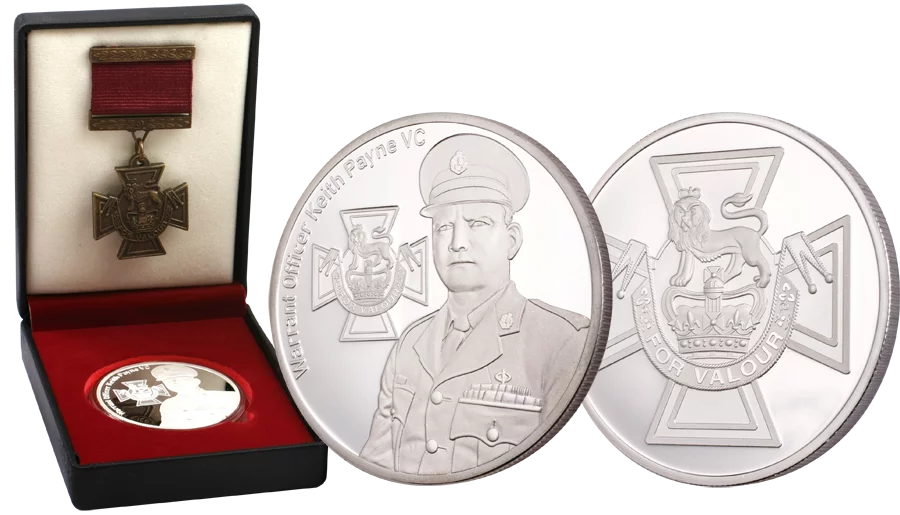
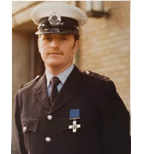 The
QUEEN has been graciously pleased to approve the award of the George
Cross to the undermentioned:
The
QUEEN has been graciously pleased to approve the award of the George
Cross to the undermentioned: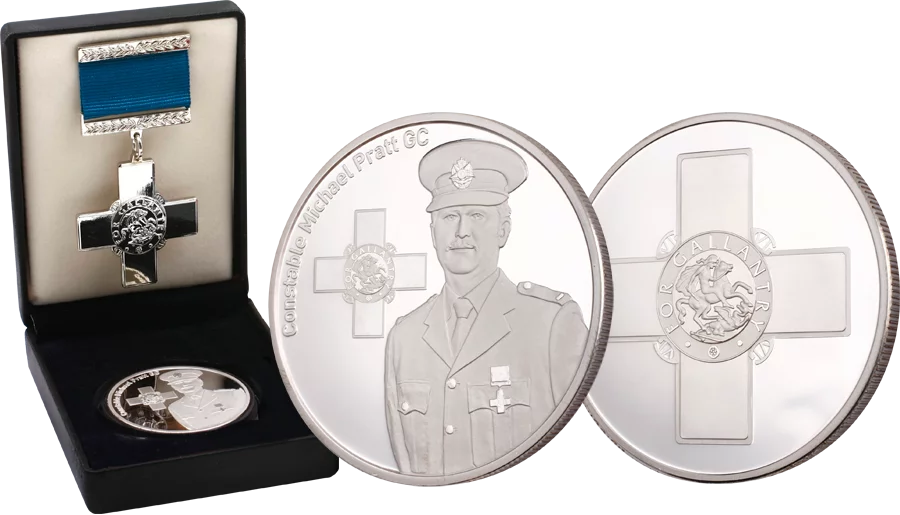
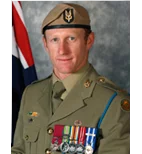 For
most conspicuous acts of gallantry in action in a circumstance of great
peril in Afghanistan as part of the Special Operations Task Group during
Operation SLIPPER, Uruzgan Province, Afghanistan.
For
most conspicuous acts of gallantry in action in a circumstance of great
peril in Afghanistan as part of the Special Operations Task Group during
Operation SLIPPER, Uruzgan Province, Afghanistan.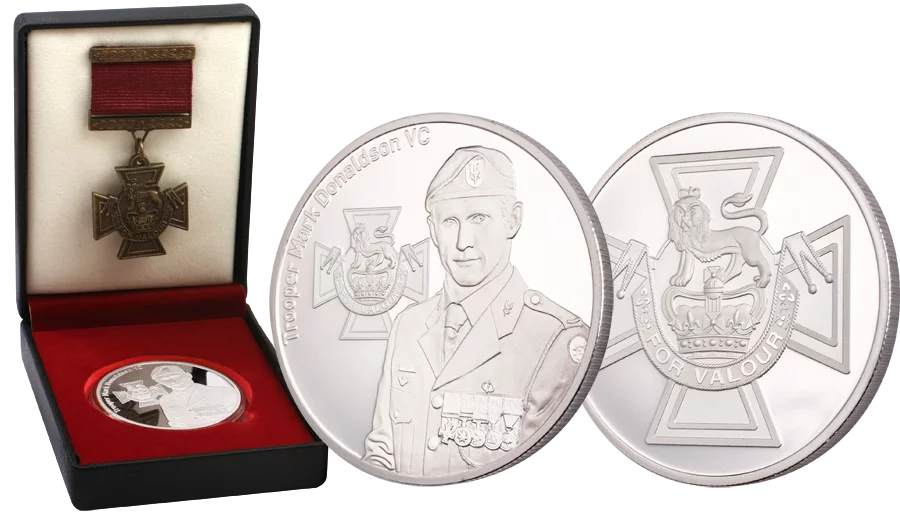
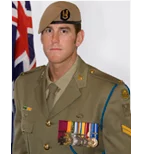 For
the most conspicuous gallantry in action in circumstances of extreme
peril as Patrol Second-in-Command, Special Operations Task Group on
Operation SLIPPER.
For
the most conspicuous gallantry in action in circumstances of extreme
peril as Patrol Second-in-Command, Special Operations Task Group on
Operation SLIPPER.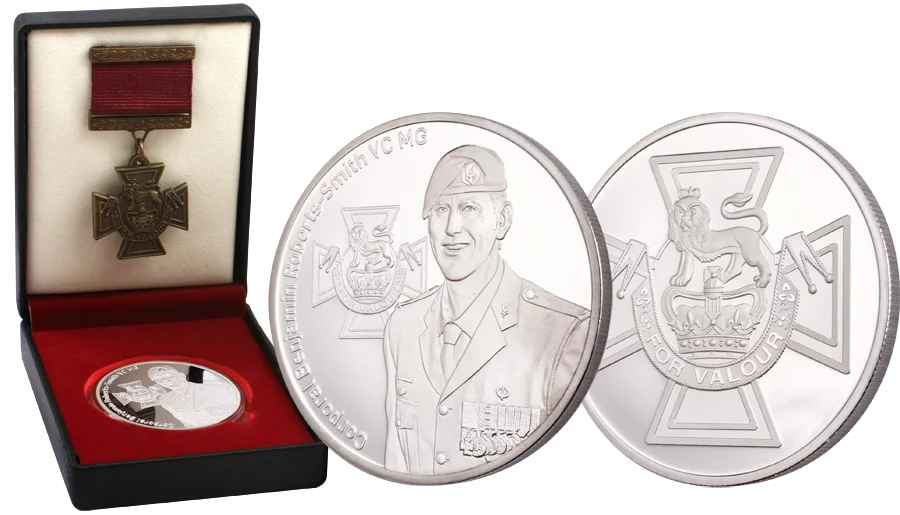
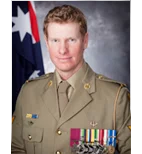 For
the most conspicuous acts of gallantry and extreme devotion to duty
in action in circumstances of great peril at Derapet, Uruzgan Province,
Afghanistan as part of the Mentoring Task Force One on Operation SLIPPER.
For
the most conspicuous acts of gallantry and extreme devotion to duty
in action in circumstances of great peril at Derapet, Uruzgan Province,
Afghanistan as part of the Mentoring Task Force One on Operation SLIPPER.